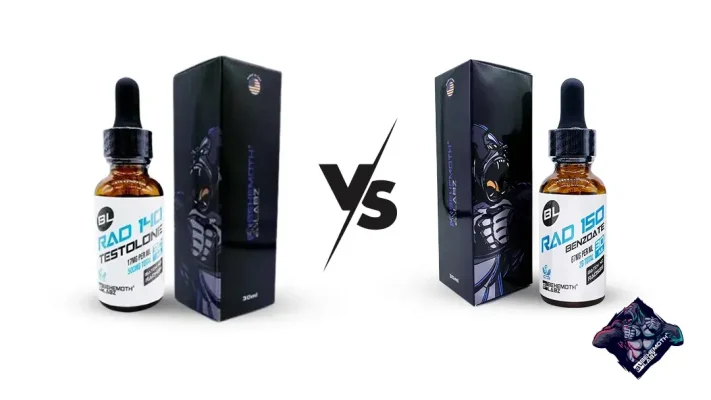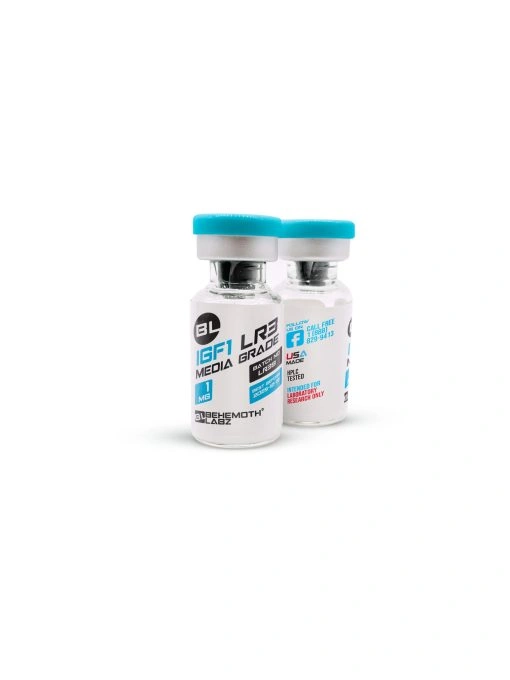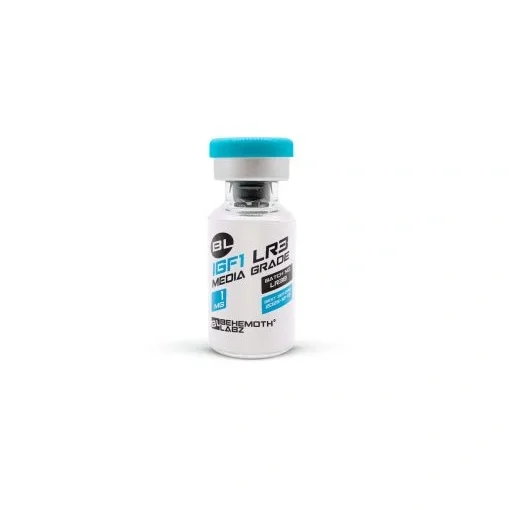Hexarelin vs Sermorelin: Mechanism, Similarities, Differences, and Side Effects
Hexarelin and sermorelin are the two new synthetic peptides. They consist of small chains of [...]
PE-22-28 Peptide: Benefits, Side Effects, and More
Few compounds can potentially influence cell regulation and improve cognitive development in research subjects. PE-22-28 [...]
RAD 150 vs RAD 140 Explained: Potency, Effects, and the Best Option
RAD-140, also known as Testolone, and RAD-150 belong to SARMS. They both have shown promising [...]






















John M. Whitmer –
My order came through without a hitch. Easy process. Fast Shipping. Great Stuff
Anonymous –
Tina –
Excellent value. Fantastic customer support as well. Continue your wonderful work. Many thanks!
Ollie –
This IGF1 LR3 is not too bad. Your products are excellent
Davidson Harvey –
Collin W –
Anonymous –
Perfect for my research.
Bobby Thompson –
Less fatigue after my session. I can now exercise on consecutive days.
Choi E –
Donavon –
This product is amazing, purest I have found so far.
T. Morris –
Jerome –
Good results, I can see this is good quality.
Zackary Blevins –
I can vouch for the quality of this product, as the results I have been seeing are outstanding.
Felix Q –
W. F. –
IGF1 LR3 has really helped me in the gym. I’ve noticed an improvement in my endurance as well as my muscle build.
Philip L –
A Krajcik –
Lewis Taylor –
I am very happy with the results, my GH levels have been increasing. I am very happy with what I received
Gage Schimmel –
Fast and reliable a good business to deal with that got the right quality that I needed.
Scott E –
Awesome! I’m sharper mentally, I recover faster, and I have a better sense of well-being in general.
Jason Powell –
I really like this product. It has helped me burn fat and increase lean muscle.
Terry Dawson –
Shipping has improved quite a lot actually. Well done!
Jake –
I’m quite pleased with what I received.
one among the very best products!
Jake –
Outstanding quality
Tony –
Highly recommendable.
Tony –
I’m pleased with the items and the results.
Andre –
A small change with big results!
Logan –
Incredible value for the price.
Highly recommended!!
Anonymous (verified owner) –
Smith –
Awesome product!